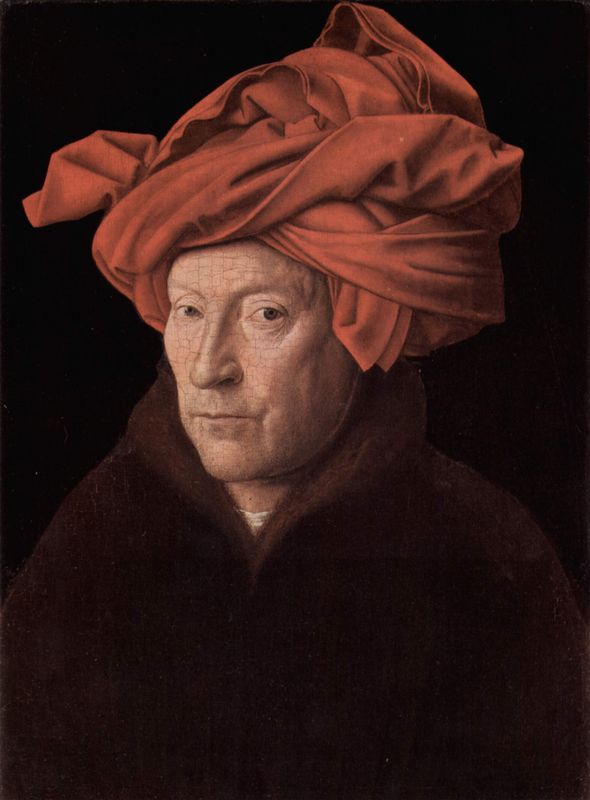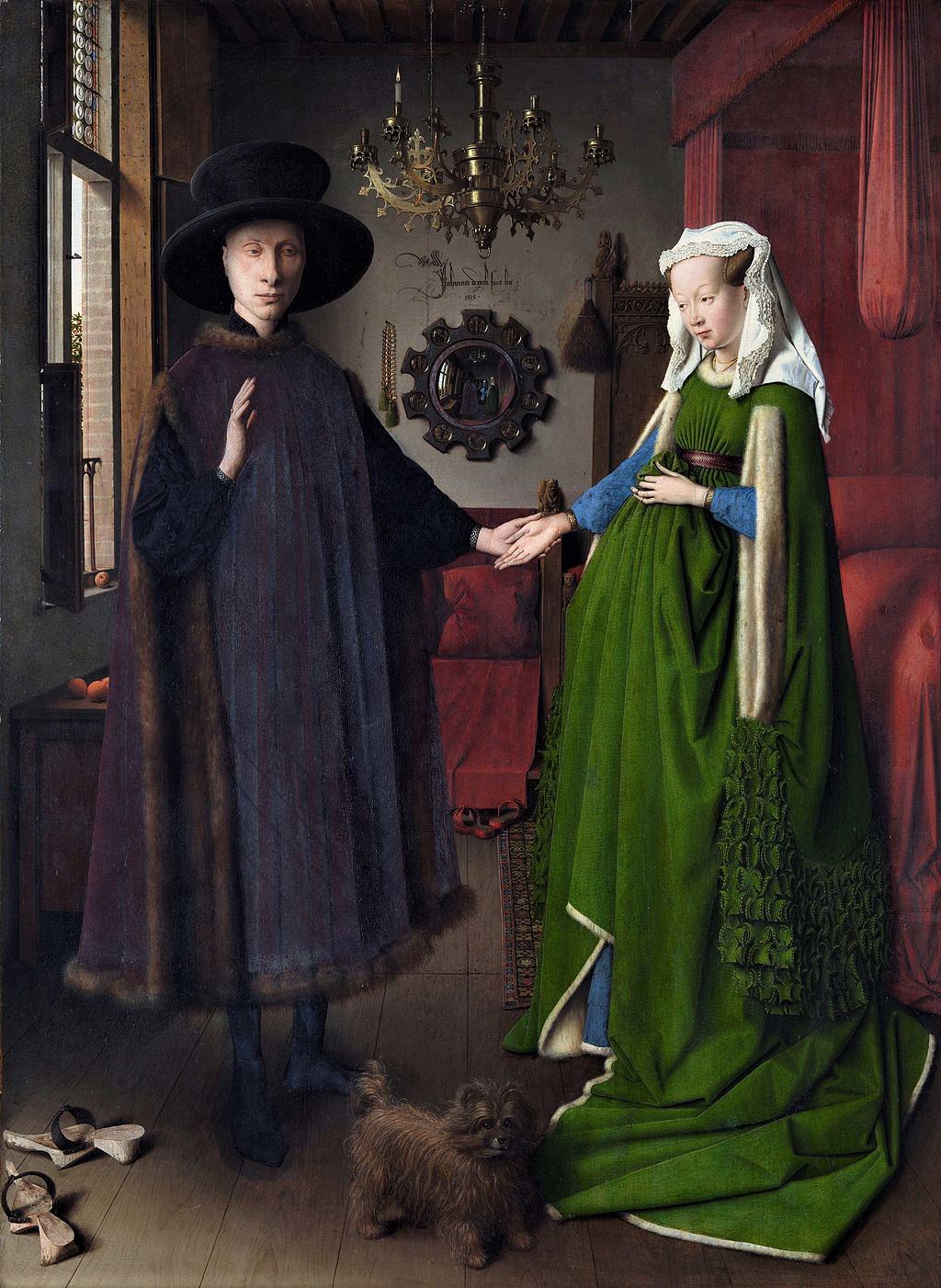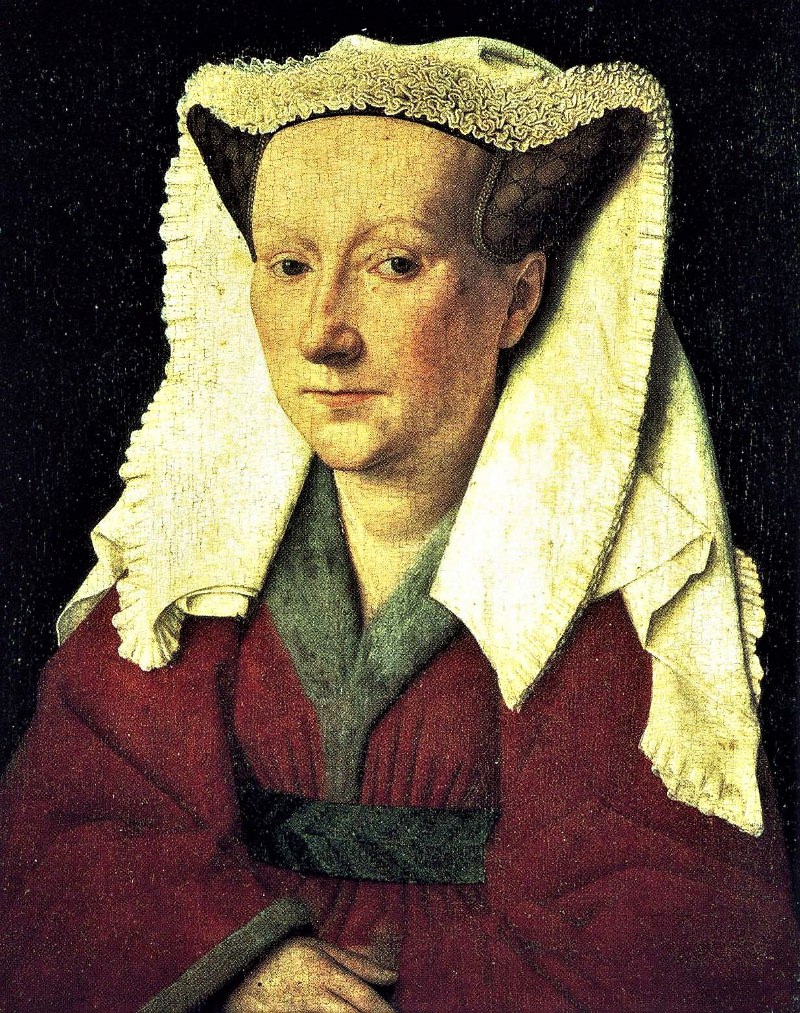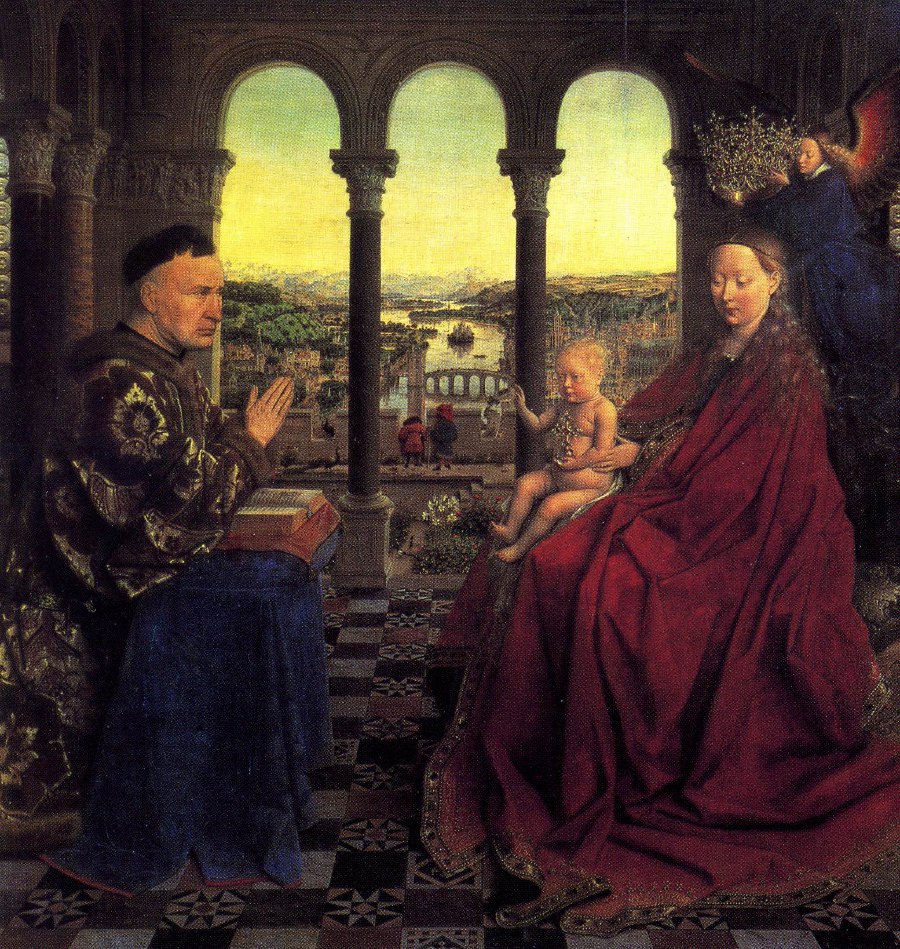How Did Jan Van Eyck Influence the Renaissance
While there is a much heavier focus on the Italian Renaissance many casual art enthusiasts are largely unaware of the movement that is referred to as the Northern Renaissance. The history of the region can be traced back to the Roman Empire era and later grew into a religious center during the early medieval period.
Updated 25 days ago3282022 40035 PM.

. Notably the nearby district of Aldeneik traces its. Northern Renaissance Art 1430-1580. The influence of classical principles is evident in Donatellos work.
104 as from the hand of miniaturist G most closely related to the work of Jan but fundamentally different in its form. The English Renaissance began later in the late 15th Century and was focused more on literature and music less on art. Jan van Eyck 1390-1441 The Arnolfini Portrait by van Eyck 1434 via The National Gallery London One of the earlier figures in Renaissance.
The artistic style of the Netherlands later had an influence on Italy. The above image is assumed to be Jan van Eycks self-portrait and its frame is inscribed with the phrase Als Ich Can. He is known for signing and dating his work ALS IK KAN AS I CAN.
Signatures were not particularly customary during this time but helped to secure his lasting reputation. He became involved in the revolt of the Brotherhoods in the early 1420s. A Northern Renaissance artist who also published books was Desiderius Erasmus Expert answeredSidjadhPoints 0 Log in for more information.
Northern Renaissance Art History Characteristics of Artworks in Holland Flanders Germany. Flemish Panel-Paintings Dutch Triptychs German Printmaking by Jan Van Eyck Hieronymus Bosch and Albrecht Durer. Jan van Eyck The Ghent Altarpiece completed 1432 oil on woodSt.
Asked 25 days ago3282022 104122 AM. For several years van Eyck was an official painter in the Duke of Burgundys court. Tentatively supports identification of.
The Renaissance style of architecture revived some elements of ancient Roman and Greek architecture. The Ghent Altarpiece also called the Adoration of the Mystic Lamb Dutch. Including Jan van Eyck.
Bavo Ghent Belgium Portrait of a Man in a Red Turban 1433 oil on oak 26 x 19cm National Gallery Arnolfini Portrait 1434 tempera oil on oak panel 822 x 60 cm National Gallery The question of pregnancy in Jan van Eycks Arnolfini Portrait. One of the most exalted of Northern Renaissance painters in his own time and certainly the most celebrated today. He had attained citizenship by 1410 and may have studied under Jan van Eyck.
Yet he maintained his standing and workshop. This conversation has been. Jan van Eyck.
His most famous piece the bronze David was the first free-standing nude statue made since antiquity paving the way for the rediscovery of antiquity in Europe. Jan van Eyck ca1390 1441. Rogier van der Weyden.
Translated As best as I can or As Eyck Can it is both a humble motto on the nature of art and a clever. MAIN A-Z INDEX - A-Z of the RENAISSANCE. Jan van Eyck The Ghent Altarpiece Portrait of a Man in a Red Turban Self-Portrait The Madonna in the Church The Arnolfini Portrait The question of pregnancy in Jan van Eycks Arnolfini Portrait Petrus Christus A Goldsmith in his Shop Portrait of a Young Woman Rogier van der Weyden Deposition Crucifixion Triptych The Last Judgment The Crucifixion with the Virgin.
De aanbidding van het Lam Gods is a large and complex 15th-century polyptych altarpiece in St Bavos Cathedral Ghent BelgiumIt was begun around the mid-1420s and completed by 1432 and it is attributed to the Early Netherlandish painters and brothers Hubert and Jan van Eyck. Renaissance literature unlike earlier literature focused on human behaviors and characteristics. This along with an extra-marital affair with a woman named Leurence Pol led to his imprisonment.
Active in Bruges and very popular within his own lifetime van. Jan van Eyck specialized in naturalistic panel paintings that were predominantly religious subjects and portraits. Painters such as Jan van Eyck as well as Hugo van der Goes adopted the use of oil paint and canvas and also popularized the technique of naturalism.
The Crucifixion and Last Judgement diptych or Diptych with Calvary and Last Judgement consists of two small painted panels attributed to the Early Netherlandish artist Jan van Eyck with areas finished by unidentified followers or members of his workshopThis diptych is one of the early Northern Renaissance oil on panel masterpieces renowned for its unusually complex. The French word renaissance literally means rebirth. His fame had spread enough by 1419 that he led a large and profitable workshop.
Atti del XVIII congresso internazionale di storia dellarte. Jan van Eyck 1390-1441 Of all Northern Renaissance artists Netherlandish Jan van Eyck is the most celebrated both during his time and today. Man in a Red Turban 1433 by Jan Van Eyck one of the great Flemish.
Millard Meiss in Jan van Eyck and the Italian Renaissance Venezia e lEuropa. The Renaissance period of art had an overwhelming impact on the history of artistic expression throughout Europe and the rest of the world since its inception in the 15th century. Key figures of the English Renaissance included William Shakespeare John Milton William Byrd.
Jan van Eyck a contemporary of Campin is widely considered to be one of the most significant Northern European painters of the 15th century. Jan van Eyck was born in the small town of Maaseyck then known as Eyck near a bend of the river Maas about 14 miles from Maastricht the provincial capital of modern-day Limburg.



No comments for "How Did Jan Van Eyck Influence the Renaissance"
Post a Comment